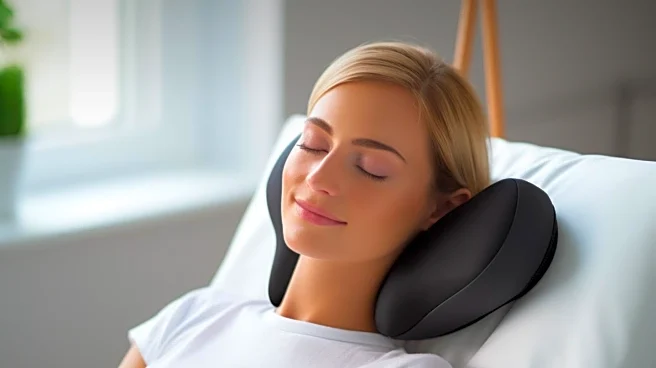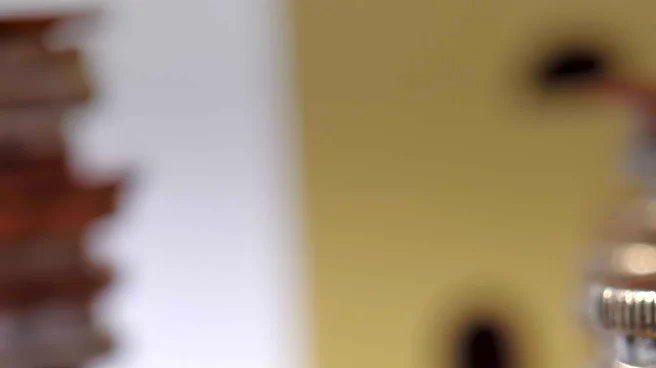What's Happening?
As the U.S. transitions into autumn, many individuals experience mood changes due to shorter days and earlier sunsets. This phenomenon, often referred to as seasonal affective disorder (SAD), affects approximately
40% of Americans, with a higher prevalence among women. Light therapy lamps, which mimic natural sunlight, are recommended by mental health professionals as a treatment for SAD. These lamps, when used correctly, can influence circadian rhythms and mood neurotransmitters like serotonin and dopamine. Dr. Susana Solomon and Dr. Lisa Strohman emphasize the importance of using lamps with the correct lux level, between 5,000 and 10,000 lux, to effectively manage symptoms of both seasonal and nonseasonal depression.
Why It's Important?
The use of light therapy lamps presents a non-invasive treatment option for individuals suffering from SAD, potentially reducing reliance on medication. This approach can be particularly beneficial for those who prefer natural remedies or have contraindications for antidepressants. The broader impact includes improved mental health outcomes and increased awareness of SAD as a legitimate mood disorder. By addressing the chemical imbalances caused by seasonal changes, light therapy can enhance overall well-being and productivity during the fall and winter months.
What's Next?
As awareness of SAD grows, more individuals may seek light therapy as a first-line treatment. Mental health professionals are likely to continue advocating for its use, alongside other treatments like talk therapy and SSRIs. The market for therapeutic-grade light therapy lamps may expand, prompting manufacturers to ensure their products meet the necessary standards for effectiveness. Additionally, public health campaigns could focus on educating the public about SAD and the benefits of light therapy, encouraging early intervention and routine use during affected seasons.
Beyond the Headlines
The increasing acceptance of light therapy highlights a shift towards holistic and preventative mental health care. This trend may lead to broader discussions about the role of environmental factors in mental health and the importance of adapting treatment approaches to individual needs. Ethical considerations include ensuring access to affordable and effective light therapy options for all socioeconomic groups, as well as addressing potential over-reliance on technology-based solutions.












